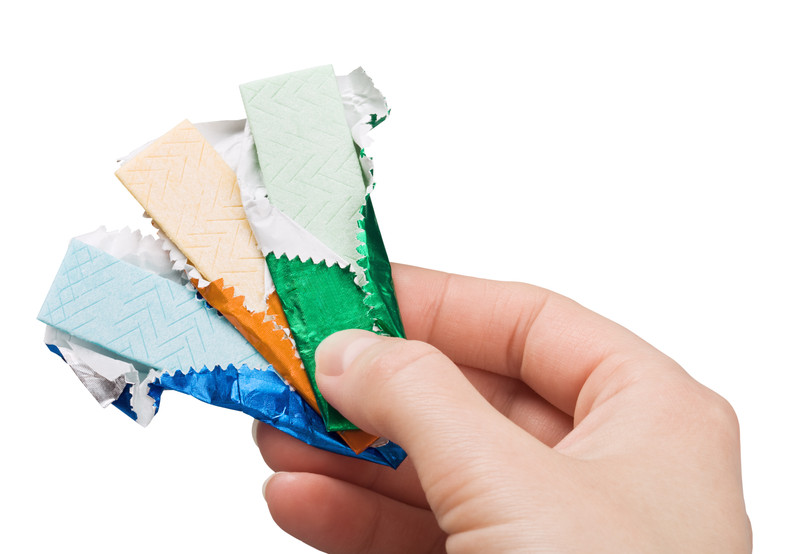
Is your chewing gum toxic?
Who doesn’t love a fresh piece of chewing gum? Thousands upon thousands of people chew gum every day, never once questioning what they are actually putting in their mouths. Most chewing gums actually contain hazardous chemicals and toxins. In fact, the FDA considers chewing gum an over-the-counter drug. One of the most dangerous substances in Read More
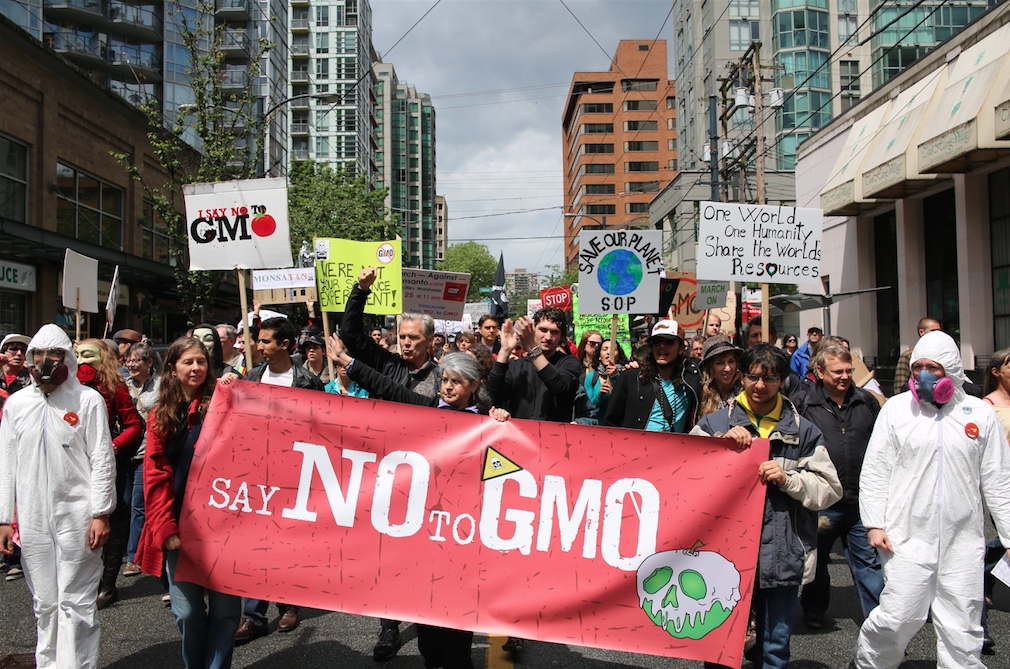
Five Hidden Dangers of GMOs
Genetically modified organisms (GMOs) promised to deliver stronger crop yields, end world hunger and promote agriculture diversity. The GMO community has failed on all three fronts and people are beginning to take notice. Yet GMOs aren’t just inefficient; they’re dangerous. Here are five reasons GMOs do more harm than good: 1. Genetic engineered food is Read More

Milk: The world’s most overrated food
For a long time, the propaganda of the dairy industry was hammered into our heads: Better drink your milk or you won’t have strong bones! However, new research suggests the opposite, arguing that we’re actually better off consuming less dairy. Those that have mustered up enough strength to quit dairy always emerge with magical tales, Read More
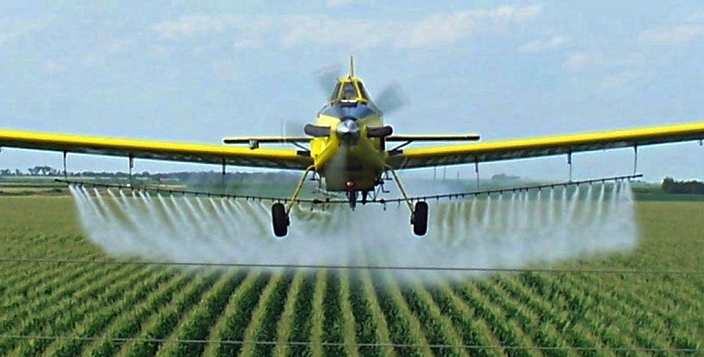
Persistent organic pollutants and why they’re so dangerous
Perhaps you’ve heard of persistent organic pollutants (POP); perhaps you haven’t heard them called by that name before. It refers to environmental toxins that are highly toxic to humans and the environment, resist degradation and persist in the environment, can be stored in human or animal fat, and can accumulate in both terrestrial and aquatic Read More
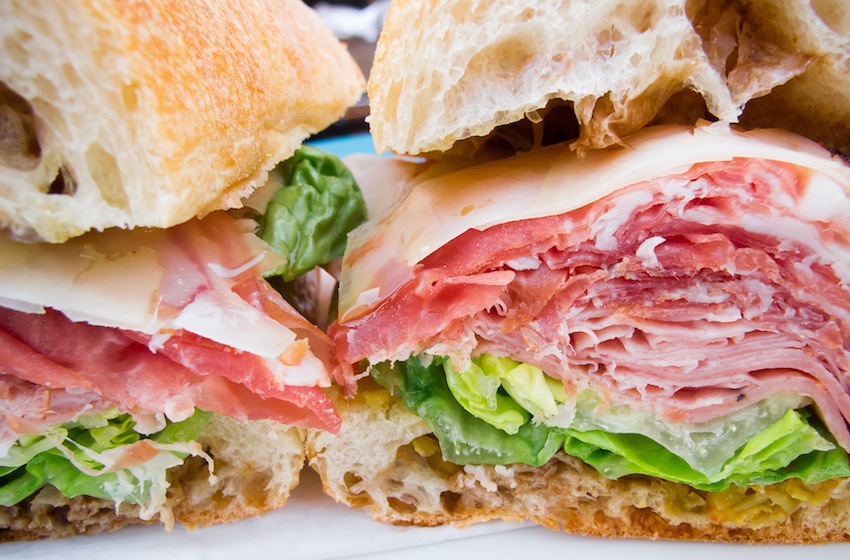
Toxic ingredient banned in Europe still being consumed in US
Many companies like to say we’re eating fresh and only the best when we dine at their restaurants. But, did you know many food manufacturers and restaurateurs are still serving up a toxic ingredient in their food? The FDA approved azodicarbomide for use as a flour-bleaching agent and dough conditioner in 1962. Azodicarbomide is primarily Read More
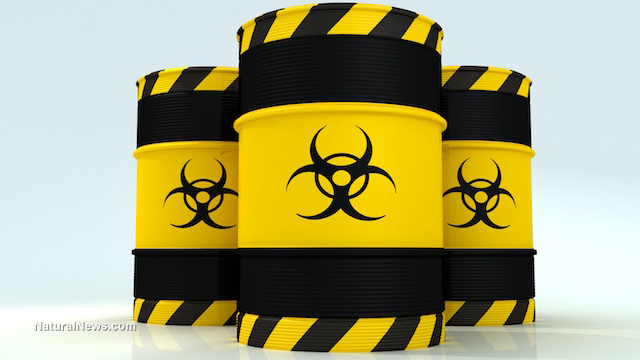
Flame retardant added to drinks by Dr. Pepper Snapple Group
Dr. Pepper and Snapple are two of the most iconic beverages in the USA. Along with them, the Dr. Pepper Snapple Group produces countless other beverages, such as Sunkist, Hawaiian Punch, Canada Dry and many more that have been enjoyed for several decades. While it’s no secret that many of their products contain harmful ingredients Read More
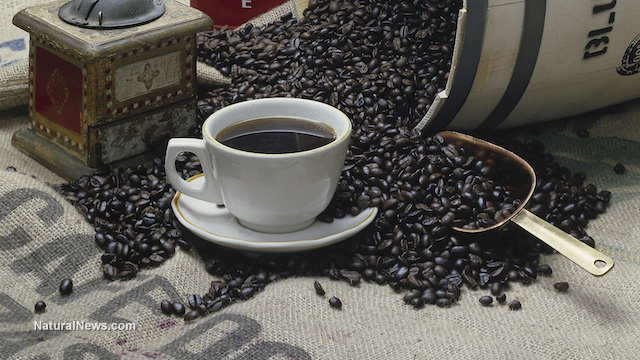
Your roasted coffee may be causing irreversible lung disease
Not only does Western civilization depend on coffee for waking up its workforce, but a large chunk of the world’ economy is also driven by coffee. The Daily Mail reports that an astounding 4 billion cups of coffee are drunk every single day all over the world. That’s a lot of java! To get all Read More
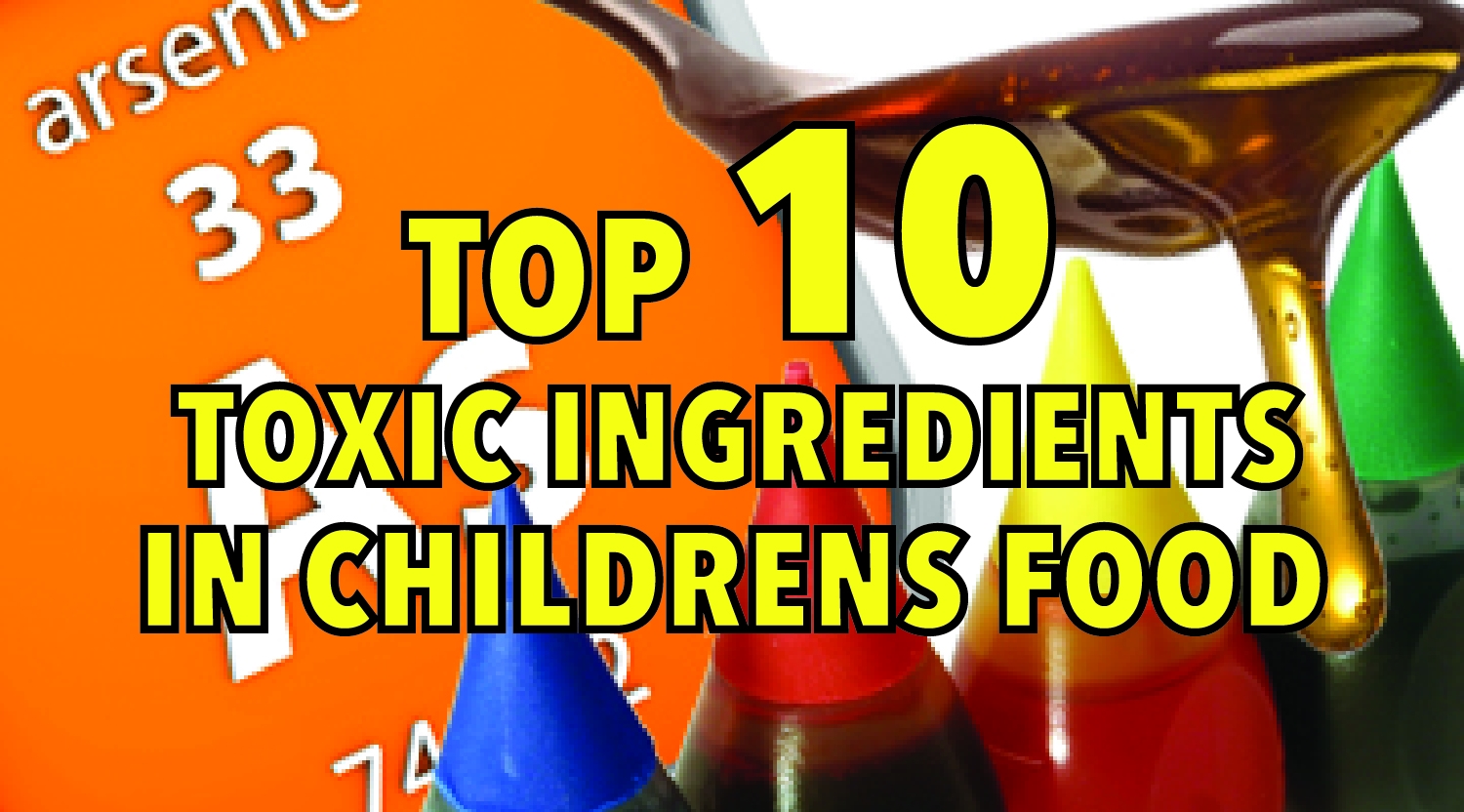
Top 10 toxic ingredients in children’s food
What do bisphenol-A , high-fructose corn syrup and propylene glycol have in common? They are all toxins that can be found in food marketed to children — and you could be inadvertently purchasing them. One of the best gifts that parents can bestow upon their children is a nutritious diet. Yet many foods on supermarket Read More

New study shows high-fructose corn syrup slows brain function and recovery
UCLA neuroscientists report that a diet high in processed fructose prohibits recovery from traumatic brain injuries, based on a recent study involving rats. Fructose typically occurs naturally in fruit, along with fiber and a wide array of nutrients – this is not the fructose used in the study. The fructose used in the study is Read More
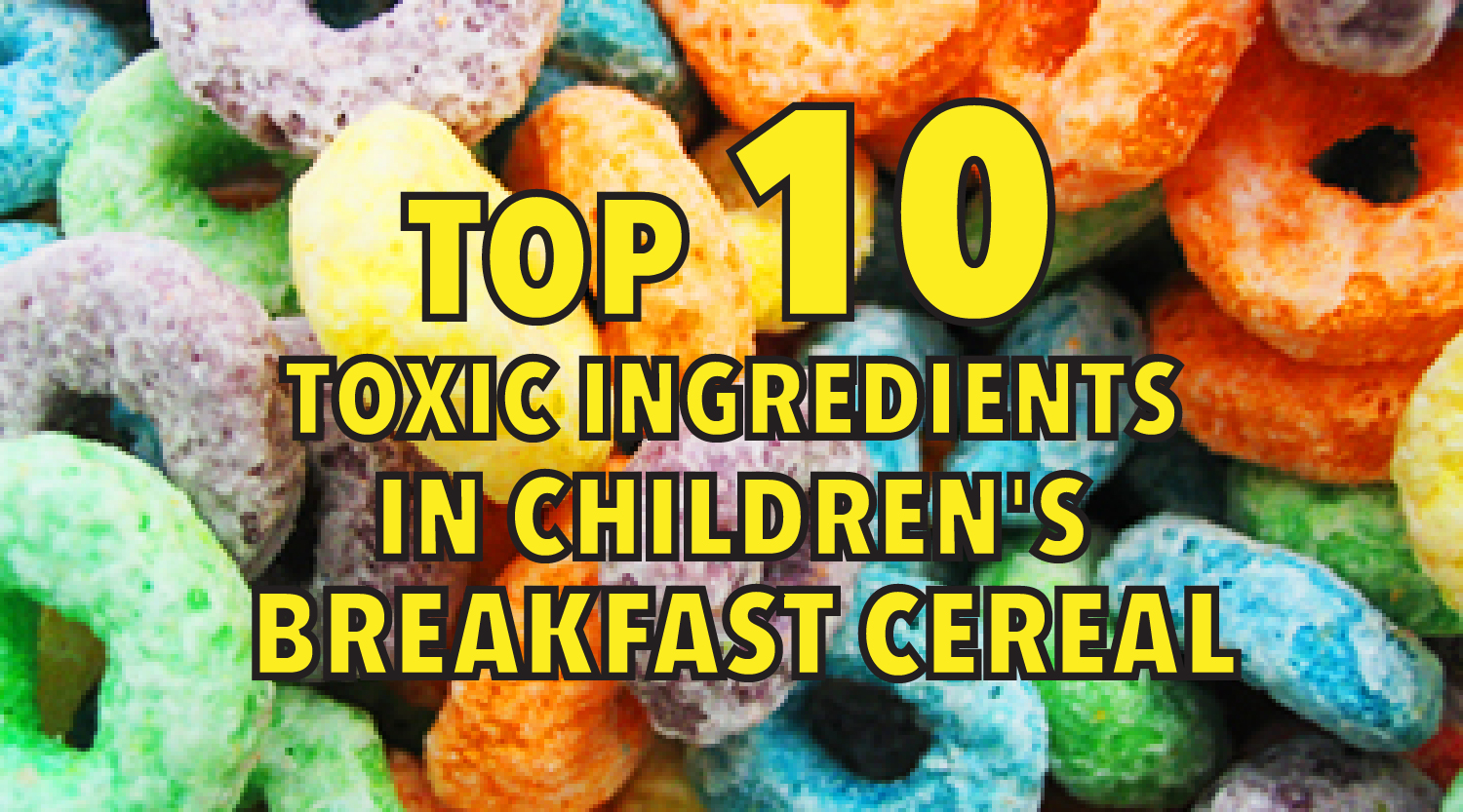
Top 10 toxic ingredients in children’s cereal
Selling harmful food to kids is a huge business. Using the most recent data, the Federal Trade Commission reports that food and beverage companies spend some $1.8 billion annually to make kids want to consume their products. Most of that advertising is spent on fast food, carbonated drinks and, of course, breakfast cereal. The breakfast Read More

